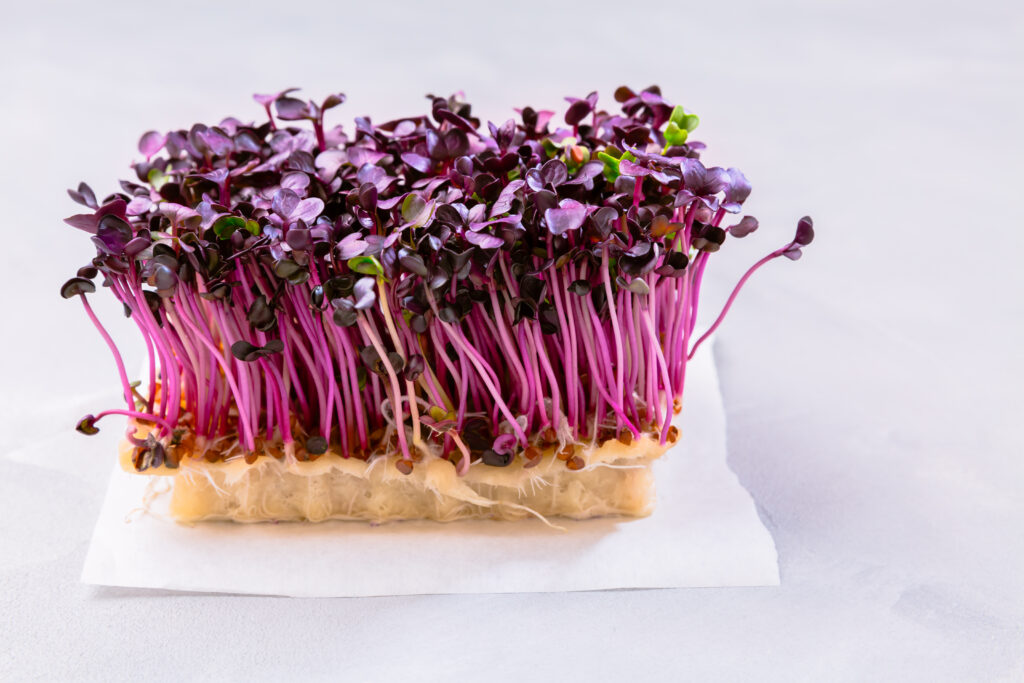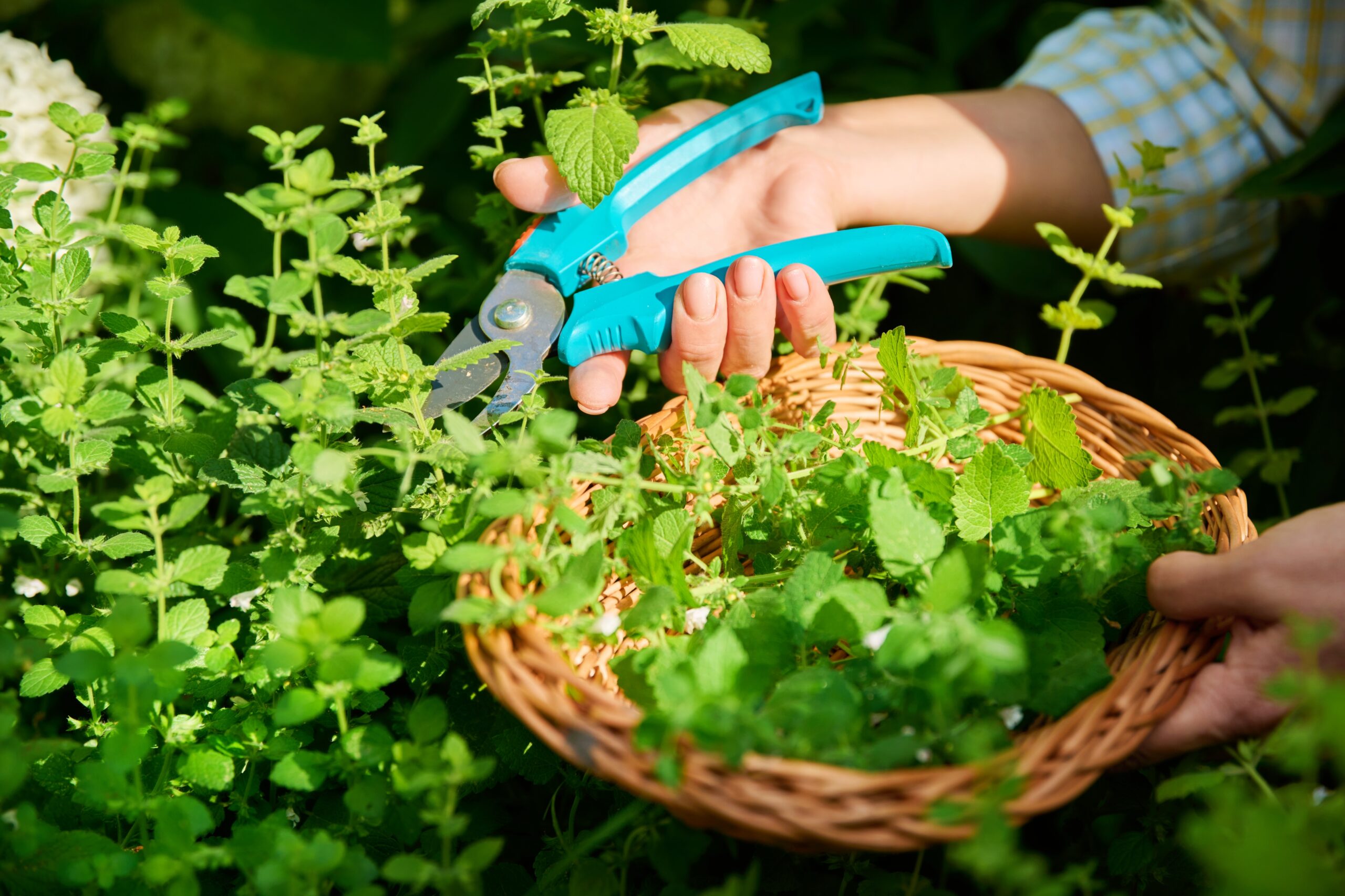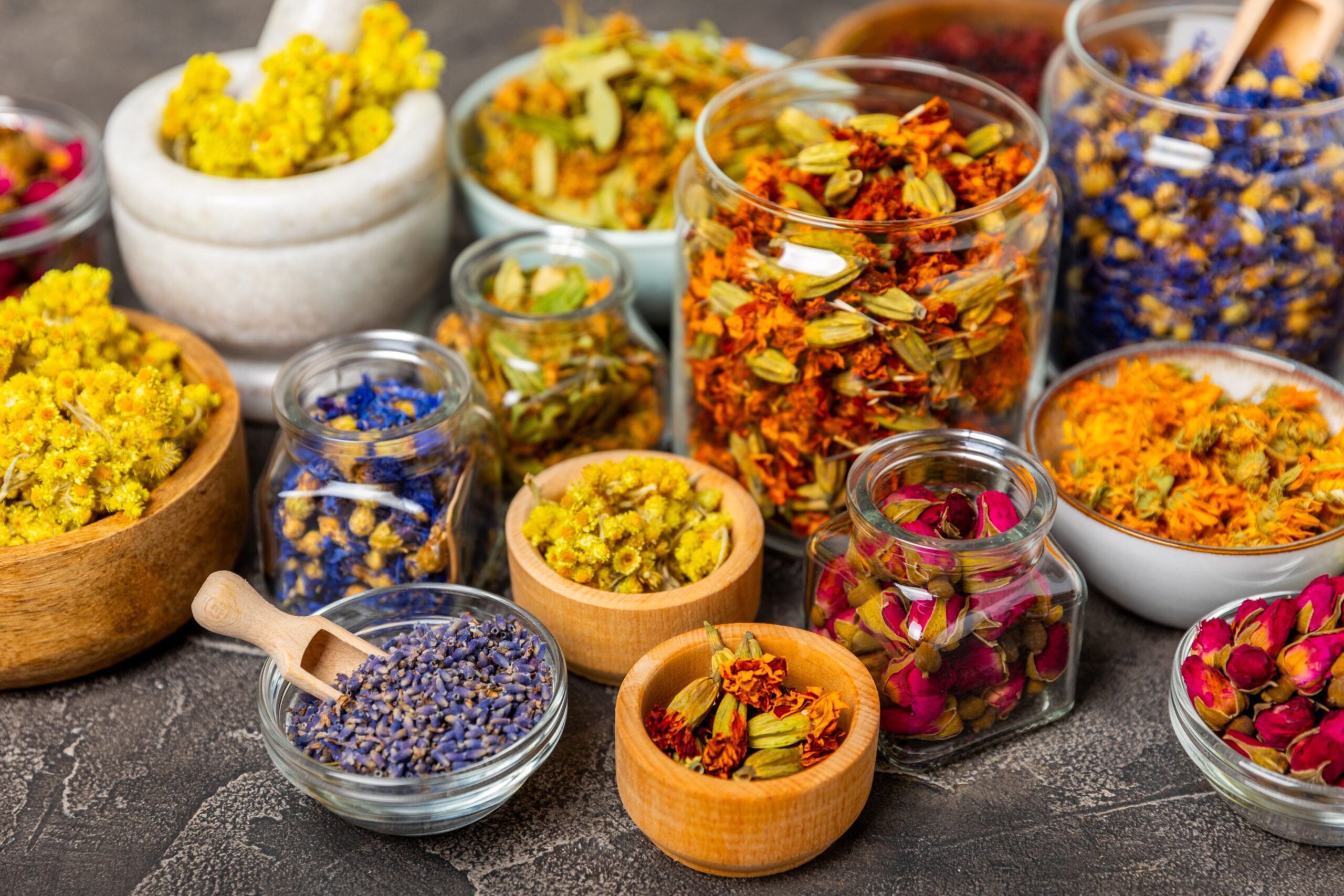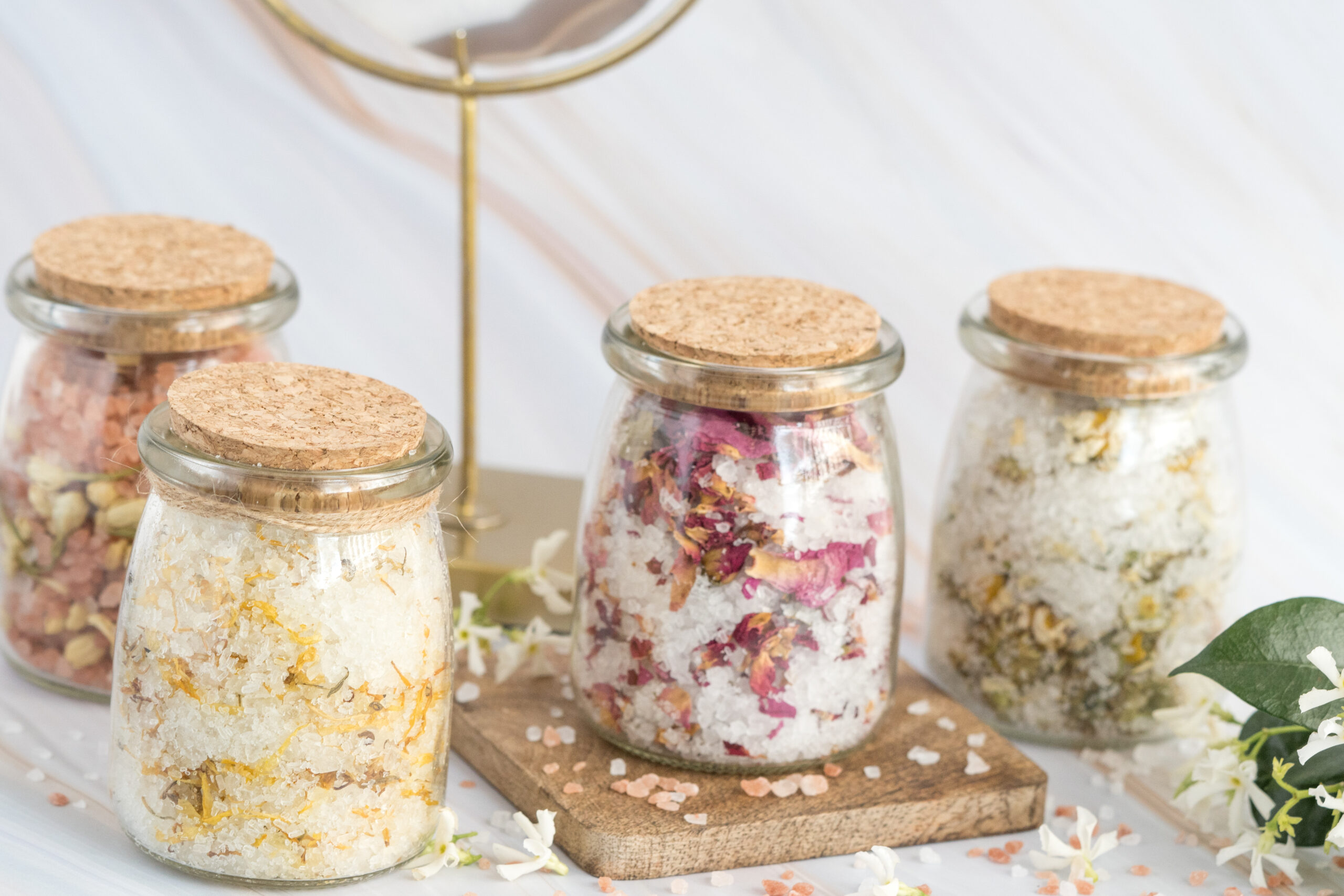Herbs are the unsung heroes of global cuisine — defining cultures, enhancing tradition, and offering a deep connection to place through flavour. From Thai basil to Mexican coriander, these aromatic powerhouses are more than ingredients: they’re culinary storytellers. In this guide, you’ll explore 7 iconic herbs, their cultural significance, and how they’re used in traditional dishes across the world. Whether you’re a home cook or a foodie traveller, this post will help you bring global authenticity to your kitchen — one herb at a time.
Outline
- Introduction: How Herbs Shape Culture
- Lemongrass – Thailand & Southeast Asia
- Coriander (Cilantro) – Mexico & Latin America
- Basil – Italy & the Mediterranean
- Mint – Middle East & North Africa
- Dill – Eastern Europe & Scandinavia
- Shiso – Japan
- Parsley – France & the Levant
- Final Thoughts: Cooking Across Borders
Introduction: How Herbs Shape Culture
Every region has its own signature aromas. When you walk into an Indian kitchen and smell coriander, or bite into a Vietnamese pho filled with fresh herbs, you’re tasting centuries of tradition. Herbs define dishes as much as technique or spices — they tell you where you are without needing to speak the language.
Lemongrass – Thailand & Southeast Asia
Flavour: Citrusy, floral, lightly peppery
Used in: Thai soups, curries, marinades, teas
Lemongrass is a staple in Thai, Vietnamese and Cambodian cooking. It adds brightness and aroma to coconut-based curries and broths.
- Signature dish: Tom Yum Goong (Thai hot and sour soup)
- Often paired with galangal, lime leaves, and chillies
Pro tip: Use the stalk’s tender inner part and bruise it to release flavour.
Coriander (Cilantro) – Mexico & Latin America
Flavour: Fresh, citrusy, slightly peppery
Used in: Salsas, tacos, guacamole, soups
Coriander is central to Mexican cuisine — sprinkled fresh on everything from street tacos to stews. The seeds and leaves are used separately in Indian, Middle Eastern, and African cuisines, too.
- Signature dish: Pico de Gallo
- Loved or hated — some people taste it as soapy due to genetics!
Basil – Italy & the Mediterranean
Flavour: Sweet, peppery, slightly minty
Used in: Pasta, pesto, tomato dishes, salads
Few herbs are as tied to a culture as basil is to Italy. It’s the aromatic foundation of pesto Genovese, the crown jewel of a Caprese salad, and a natural match for tomatoes and olive oil.
- Signature dish: Margherita Pizza
- Don’t cook it too long — add at the end for best flavour.
Mint – Middle East & North Africa
Flavour: Cool, sweet, cleansing
Used in: Salads, teas, lamb dishes, yoghurt sauces
In Middle Eastern cooking, mint brings contrast and freshness. It’s used in both savoury dishes and drinks, from tabbouleh to Moroccan mint tea.
- Signature dish: Tabbouleh (Levantine salad)
- Mint tea is also a hospitality ritual in many North African cultures.
Dill – Eastern Europe & Scandinavia
Flavour: Tangy, grassy, slightly sweet
Used in: Fish, pickles, stews, sauces
Dill is key to the cooling, creamy profiles of many Eastern European and Nordic dishes. It cuts through richness and enhances seafood, potatoes, and dairy-based sauces.
- Signature dish: Gravlax (Scandinavian cured salmon with dill)
- Also a staple in Russian pickles and Georgian kharcho soups

Shiso – Japan
Flavour: Bright, minty, spicy with a hint of cinnamon
Used in: Sushi, salads, rice dishes, pickles
Shiso (also known as perilla) is a unique herb in Japanese cuisine, often used raw as a garnish or wrap, and occasionally in tempura.
- Signature use: Served alongside sashimi or wrapped around rice
- Comes in green and red varieties, each with distinct notes
Green shiso is grassy and fresh, while red shiso leans earthy and tannic.
Parsley – France & the Levant
Flavour: Fresh, grassy, slightly peppery
Used in: Sauces, salads, soups, meat garnishes
In French cooking, parsley is the king of garnish — central to fines herbes blends and persillade. In Levantine dishes, it’s the main ingredient in tabbouleh and often paired with bulgur, lemon and olive oil.
- Signature dishes: Persillade sauce, Tabbouleh salad
- Works well both raw and cooked — incredibly versatile
Final Thoughts: Cooking Across Borders
Herbs are more than flavour — they’re memory, culture, and identity. Whether you’re recreating a dish from a holiday abroad or just adding global inspiration to your kitchen, herbs are your ticket to world-flavoured cooking.
So next time you cook, ask yourself:
What story am I telling with this herb?







